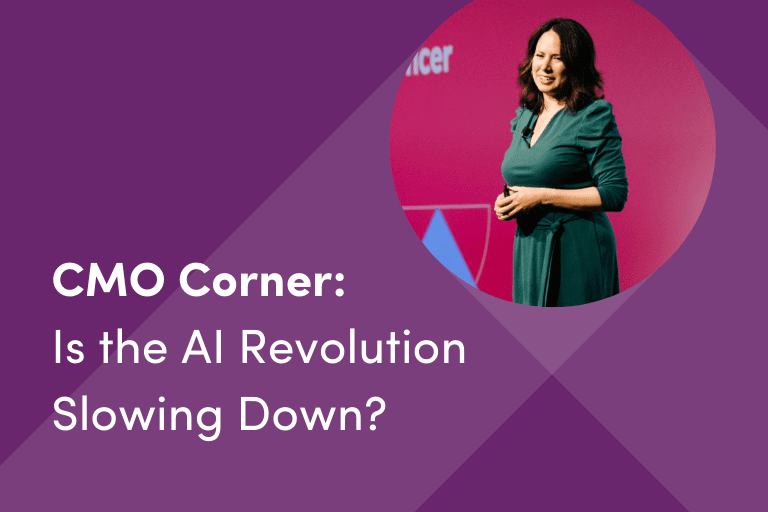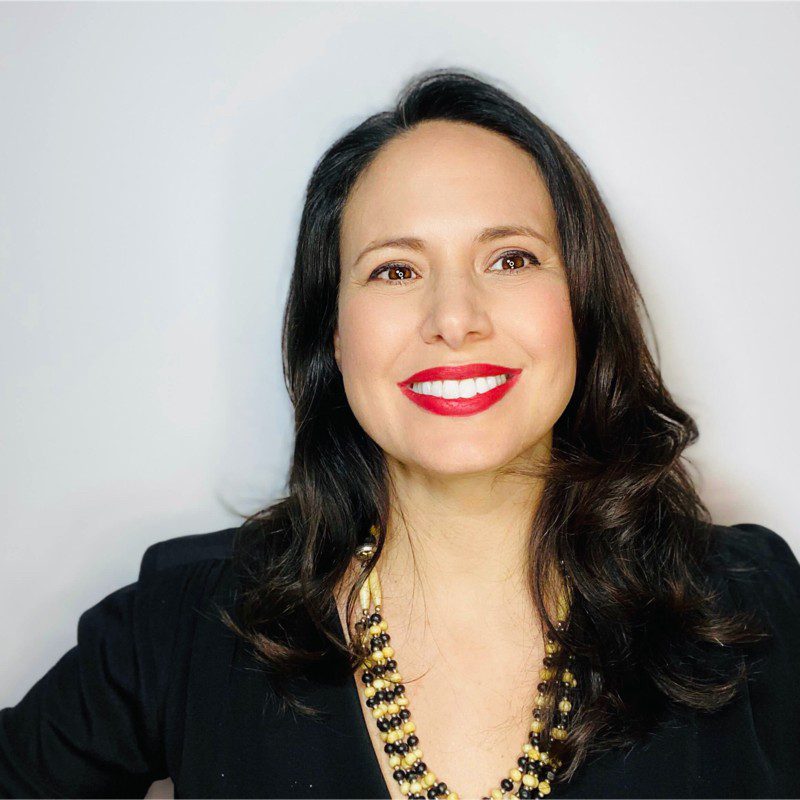AI adoption is in full swing for marketers across the globe. According to research we conducted with Wakefield Research and published in Ad Age, 91% of marketers are already using these tools in some capacity at work. Saying AI is a new thing has become obsolete just as quickly as new tools are being released.
But with the quick adoption has been quick calls for regulation. Mounting concerns have prompted a Blueprint for an AI Bill of Rights from the White House and many companies—Iterable included—to initiate AI councils that review all tools for security and governance risks.
Every week we are seeing new tools and new considerations around risk. So does this mean we slow down or continue forward? The answer is a bit more nuanced.
The State of AI
Whereas last year marketers took the time to test and learn, this year marketers are looking to optimize for even greater benefits in three phases.
Any change worth having comes with risks. AI is no different. But this shouldn’t be a deterrent, and as you can see above, hasn’t been for marketers.
The truth is, these technologies are moving and evolving so quickly our understanding of the potential risks of AI is incomplete. We’re in the “what if” stage where teams are working to mitigate risks that haven’t arisen yet.
The more we adopt and adapt, the more we find out and understand what safeguards should be put in place. Marketers are learning this in real time, but so are legal, security, and IT teams.
Phase One: Increasing Productivity With AI
AI liberates marketers from operational tasks that take time, resources, and headspace to complete. The net gain in time and headspace opens the door for strategy, creativity, and scaling production.
When asked the top metrics for defining the ROI of AI, efficiency was the top selection. Marketers are facing increased expectations to reach their customers in a meaningful way despite battling against thousands of other brands vying for the same group’s attention.
It’s a difficult ask, but one made that much easier by utilizing AI tools for increased production, execution, and—perhaps most importantly—experimentation. Optimization and automation beat out Generative as the types of AI our survey respondents believe will simplify their jobs the most.
In an economic environment where marketers are asked to do more with less, AI answers the call. We are already seeing some significant gains in productivity like our customer, Care.com gaining 25% time by using Iterable’s Channel Optimization.
Phase Two: Unlocking Potential Through AI
As it stands, marketers are still adapting to the AI revolution. Yes, the majority are using these tools in their workspace, but there is an expertise gap forming. Just over half of survey respondents (53%) believe that the majority of their team is not fully trained to make the most of AI technologies.
So we need to accelerate investments to upskill our teams in using these technologies—everything from assisting in copy creation, to automating repetitive tasks, to automating decisioning for optimizing segments, channels and frequency.
The experimentation with creative and AI technology occurring now will unlock previously untapped brand potential. As we start to actually apply AI to our everyday workflow, we will start to uncover opportunities we can’t even conceive right now.
We will start to reorganize our teams, develop new practices, and change once more the way we market to people. Imagine a world where it takes seconds to create multimedia content, or where we move away from websites altogether, where the concept of campaigns does not exist.
The future of marketing and advertising technology will look vastly different in the coming years as the insights and scale from AI production converge creativity and personalization. As Josh Geiser, Senior Manager – CRM, Lifecycle and Mobile at Redbubble said: “The most exciting benefit of Iterable AI is giving us more time to daydream. When we can take a lot of that busy work away and let our minds wander, that’s when we come up with our best ideas.”
The true opportunity behind AI is elevating entire industries, not just functions within teams.
Phase Three: The Intersection of Creativity and AI
But, this isn’t to say the skills marketers have spent years developing will go away. They’ll simply be utilized in different, more efficient ways. The creativity and ingenuity of marketers will still be crucial to the success of a brand.
As more and more brands are built off the production of AI tools, we’re likely to see more homogeneity in marketing. With the noise of advertising and marketing already clouding consumers’ field of vision to find what they need, this potential future is bleak.
That’s where creativity and humanity come in. These tools will accelerate marketers’ ability to build the foundation for strong brands, but it is up to the marketers driving brand development to add a human layer on top to make sure brands stand out in a sea of sameness.
Context, connotation, intonation, sarcasm, slang. The way we communicate as people evolves quickly and these changes are often how we communicate. As the source of connecting brands and customers, marketers need to be sure to add the creative layer to their AI outputs to keep the human connection alive and thriving.
Where AI and Creativity Spark Marketing Joy
Much like how AI is being adapted and changing all at once, the above phases will happen concurrently for some and slower for others. The important thing to note is that we’re all building the future of marketing and customer engagement together.
At this stage, we’ll meet the intersection of creativity and AI—the art and science of marketing to create joyful experiences.
Curious about the future of AI and creativity? Hear from Adri and dozens of industry leaders at Activate Summit in San Jose, CA April 30 – May 2. Register here!
































